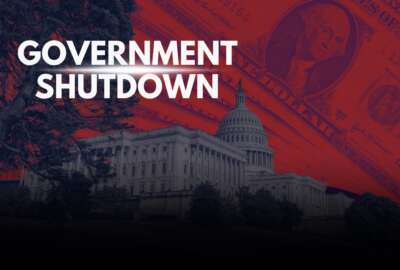OPM in talks to add 6 new carriers to FEHBP
The Office of Personnel Management is in talks with six additional health care providers to join the Federal Employees Health Benefits Program, according to John...
wfedstaff | April 17, 2015 4:49 pm
The Office of Personnel Management is in talks with six additional health care providers to join the Federal Employees Health Benefits Program, according to John O’Brien, OPM’s director of health care and insurance.
“Encouraging carriers who do not currently participate in the FEHB remains a major priority for me and for the OPM staff,” O’Brien said in his keynote address at the 2013 FEHB Carrier Conference in Arlington, Va., this week.
OPM has been working over the past few years to add plans to the FEHB program in a bid to increase competition, O’Brien said. In addition to the six new carriers OPM is currently in talks with, four carriers entered the program last year.
“The fundamental premise of the FEHB is that a competitive marketplace will yield better results for those we serve,” O’Brien said. “Our goal is to ensure a vibrant set of competitive choices available to all those that the FEHB serves, regardless of where they live.”
Competition is also important in helping keep premium increases down, O’Brien said. Overall FEHBP premium increases for 2012 and 2013 were below 4 percent.
But O’Brien urged the insurance providers not to rest on their laurels.
“These are challenging times for federal employees,” he said. “Tight budgets, sequesters, pay freezes are the reality of the day. Even success that we are justifiably proud of — two years of low premium increases — needs to be kept in perspective. Those two years of low premium growth overlap with a governmentwide pay freeze for federal employees. So our low premium growth translates to roughly $400 additional that federal employees had to pay to maintain the same level of benefits. That $400 did not come out of a growing salary but from existing family and personal budgets.”
OPM, alone, is not responsible for the success of the FEHB program, O’Brien said. That depends on enlisting the private sector as a partner in efforts to drive improvements.
“The health care delivery system is continually changing and the challenges individuals face in trying to get the services they need are not static,” he said. “What was good enough two years ago may not be good enough today.”
RELATED STORIES
FEHB program almost ready to welcome Indian tribe employees
OPM advocates for innovations to FEHB
OPM: 10 new plans coming to FEHBP in 2013
Copyright © 2024 Federal News Network. All rights reserved. This website is not intended for users located within the European Economic Area.





